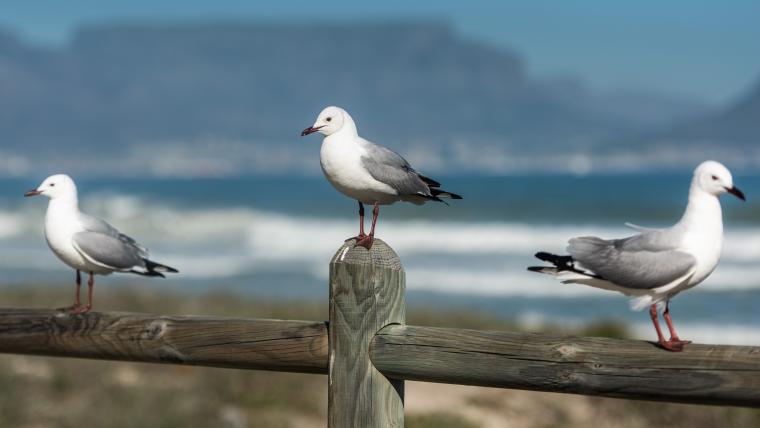
Seagulls need a plastic-free diet. Here’s how to keep toxic materials out of their beaks
Easily the most noticeable bird at the beach, seagulls can be spotted along nearly every coastline across the world’s seven continents. Although thought of as one species, there are over 50 kinds of gull. They are known to confront people for their food and fight other birds for their findings, but they aren’t just scavengers. Seagulls are highly intelligent, employing tactful strategies to acquire their meals.
On the hunt, seagulls bait their fish by using breadcrumbs to lure them to the surface. Back on land, gulls perform a rain dance by stamping their webbed feet to attract worms to what sounds like downpour. A seagull’s top priority is filling their bellies. While this should be enough to ensure their success as a species, on the beaches where pollution is as ubiquitous as their presence, seagulls face increasing danger. Nearly 80% of the litter in the world’s oceans is plastic. Seagulls often mistake these materials for food, resulting in gut blockages or reduced stomach capacity, eventually leading to death.
Currently, 28% of seabird species are listed as threatened and it’s estimated that 99% of them will be eating plastic by the year 2050. But citizens, conservationists, and lawmakers are working to protect seagulls. Countries like Scotland and Northern Ireland have made it illegal to harm or kill gulls and vandalise gull nests. Now, it's up to all of us to reduce our plastic use and create a safer home for these birds.
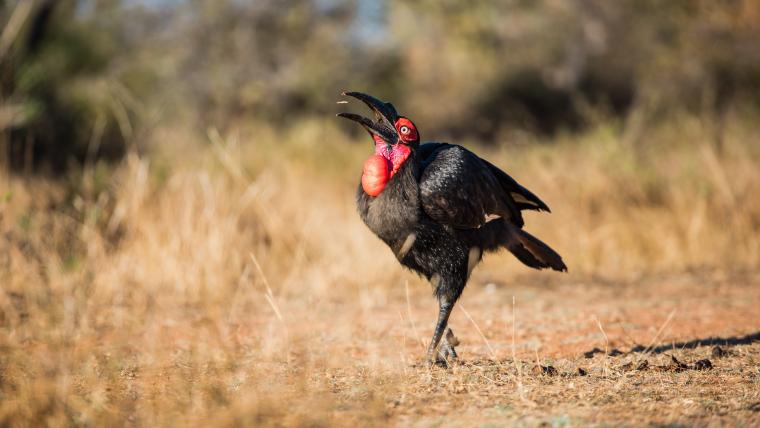
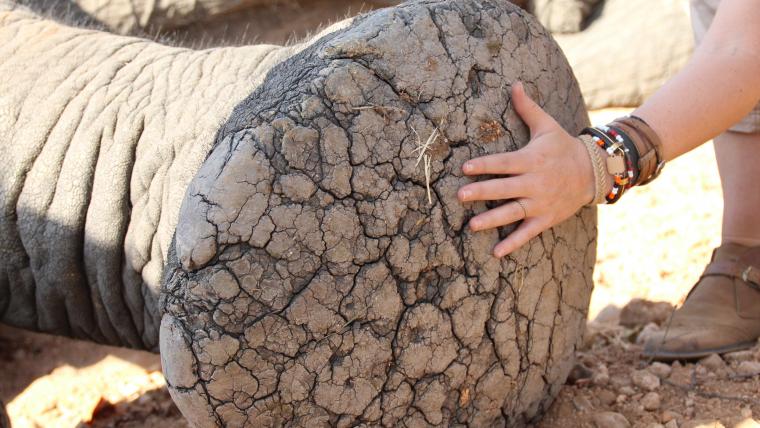
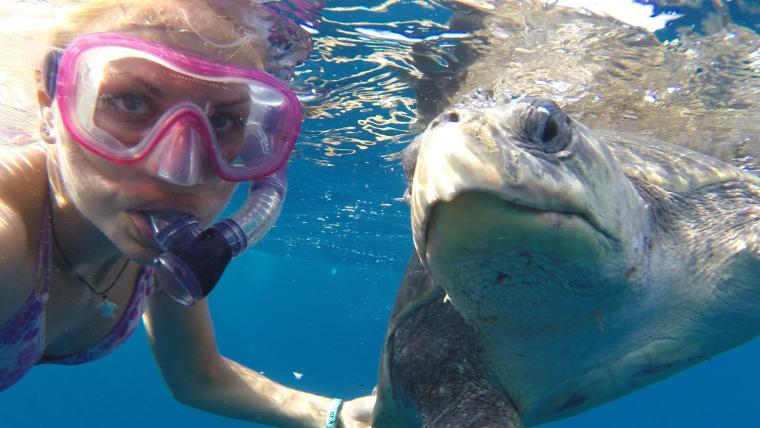
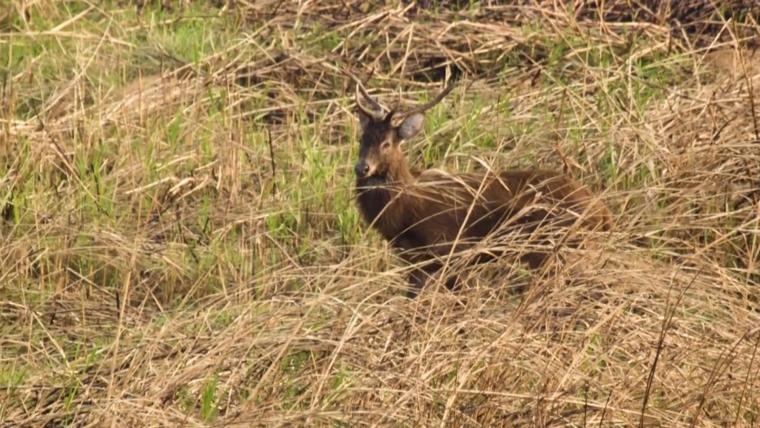
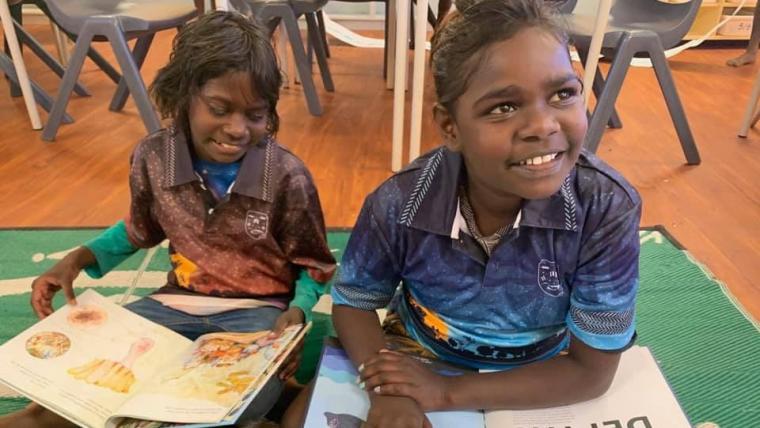
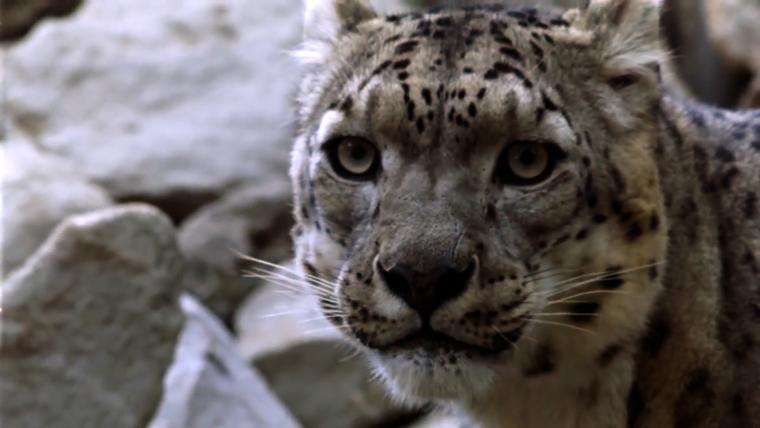
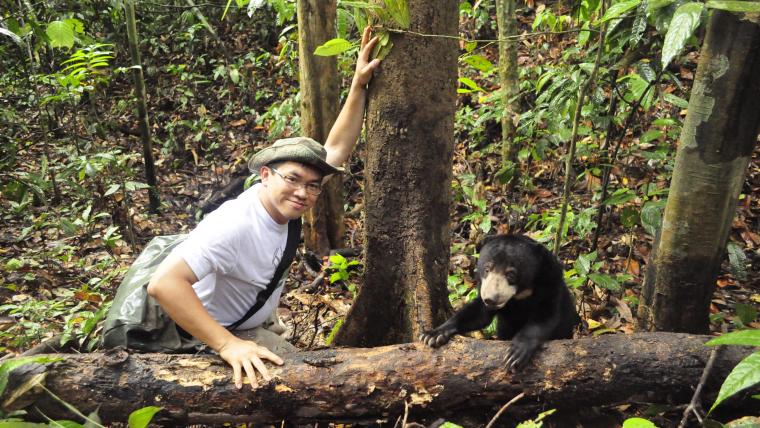

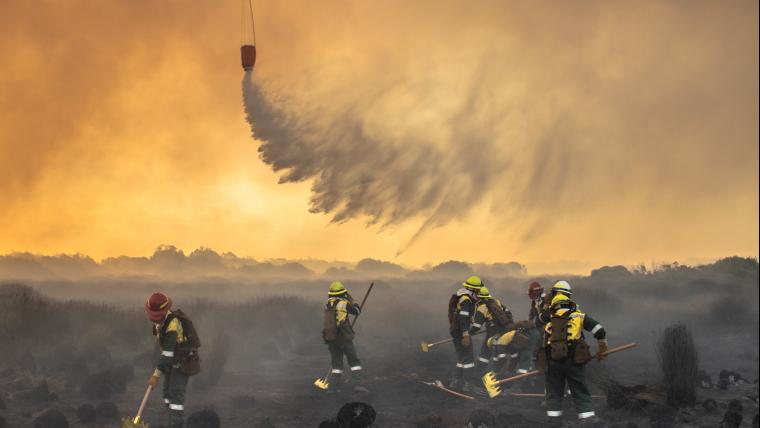
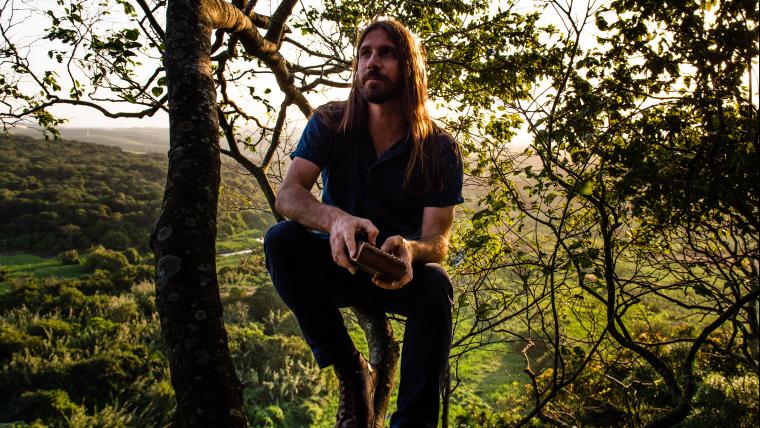




















Please sign in to leave a comment